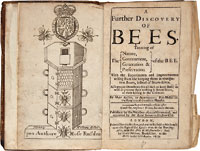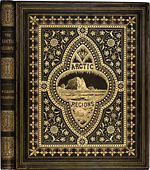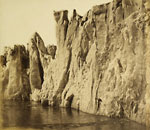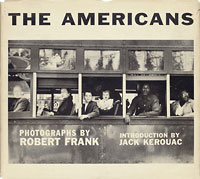Autographs and Photographs: From Button Gwinnett and J. D. Salinger to street photographer Robert Frank
Not So Secret Life of Bees
Moses Rusden, A Further Discovery of Bees, £1,159 ($1,725) at Bloomsbury Auctions on May 13
The author was by training and profession an apothecary, but at the instigation of that celebrated diarist and bibliophile, John Evelyn, he was also appointed ‘Beemaster to the King’s most excellent Majesty.’
One ancient belief about the origin of honeybees was that bees gathered their larvae from the leaves and blossoms of plants, carrying them back to the hive to be raised into adult bees. In Rusden’s book, this misconception was stated as fact; he wrote that bees gathered “the actual corporal substance of the young bees” from flowers.
In addition to the hive seen in the frontispiece, this 1679 work contains three other folding plates, and though there was occasional smudging and water-staining, this copy in re-backed contemporary calf was generally a good one.
Into the Arctic Regions with Paint and Camera
William Bradford, The Arctic Regions, £79,250 ($119,415) at Sotheby’s on May 6
In 1869, William Bradford chartered a steam-powered vessel, the Panther, with the aim of going as far north as ice would permit and deep into Melville Bay in Greenland, where he could make sketches and explore the Arctic regions.
Bradford hired an experienced Arctic explorer, Dr. Isaac Hayes, to go with him and also took along two Boston photographers, John L. Dunmore and George Critcherson. Their three-month summer expedition was a great success, and Bradford produced a large number of sketches. These he later exhibited in England, and it was the very positive response that he got there from Queen Victoria and other members of the royal family and court circle that encouraged him to produce an album that would utilize the hundreds of glass plate images that Dunmore and Critcherson had exposed.
The result was a lavish, large folio published in 1873 containing 141 albumen prints in all, 25 of them—including the double-page panorama of the Sermitsialik Glacier seen here—being large prints mounted on thick card. The binding was equally grand, rich gilt brown morocco by Leighton, Son & Hodge.
Although 300 copies were proposed at 25 guineas (say $100 at the time) to subscribers, royal and aristocratic or otherwise, it is not known how many were finally published.
Changing the Face of Documentary Photography
Robert Frank, The Americans, £43,250 ($62,150) at Christie’s South Kensington on May 21
“The most renowned photobook of all … none has been more memorable, more influential, nor more fully realised … it changed the face of photography in the documentary mode.” That is how Martin Parr and Gerry Badger, co-authors of the comprehensive, two-volume history of The Photobook (2004-06) describe this photo-classic.
This collection of 83 black and white photographs, first published in January 1960 (although the Grove Press imprint is dated 1959) resulted from a road trip across the country that the Swiss-born photographer made in 1955-56, with an introduction by Jack Kerouac. At first, Frank’s ‘on the streets’ images attracted some adverse criticism, but the book very soon became recognized as a masterwork. Last year the Metropolitan Museum of Art in New York mounted a special exhibition to celebrate the fiftieth anniversary of its publication.
This exceptional copy of Frank’s masterpiece, part of a sale devoted entirely to photobooks, not only retains a good example of the fragile dust jacket, but was inscribed just prior to publication to fellow photographer Leo Stashin. Last seen at auction at Swann Galleries of New York in 1987, when it sold for $825, it remains the only copy with a contemporary inscription to have come to auction in over 30 years.
In 2008, at Christie’s New York, a well-preserved but uninscribed copy sold for $32,200.








 Ian McKay’s weekly column in Antiques Trade Gazette has been running for more than 30 years.
Ian McKay’s weekly column in Antiques Trade Gazette has been running for more than 30 years.


